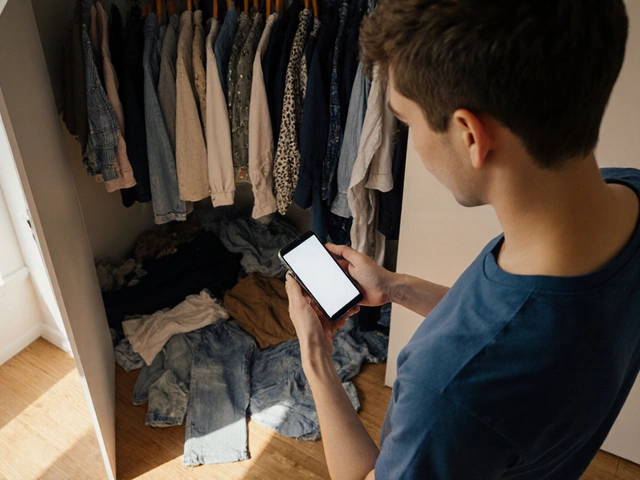Use US Phone UK: What You Need to Know About American Phones in Britain
When you use US phone UK, bringing an American mobile device to the United Kingdom. Also known as using a North American phone in Europe, it’s not just about plugging in a British SIM card—you need to know if your device even speaks the same network language. Most US phones today are unlocked and support GSM bands, which means they’ll work fine in the UK. But not all. If your phone is locked to a carrier like Verizon or Sprint and was bought before 2020, it might only support CDMA, which the UK doesn’t use. That’s a dead end.
Even if your phone supports GSM, you still need to check the frequency bands, the specific radio frequencies mobile networks use to transmit data and calls. It’s what makes your phone connect to 4G or 5G. The UK uses 800 MHz, 1800 MHz, and 2600 MHz for 4G, and 3.4–3.8 GHz for 5G. Most recent iPhones and Android phones from AT&T or T-Mobile cover these. But older or budget US models? They might miss key bands, leaving you with slow data or no signal in rural areas. It’s not a guarantee—it’s a checklist.
Then there’s the SIM card, the small chip that identifies your phone on a mobile network. It’s the easiest fix: buy a UK SIM from EE, O2, Vodafone, or Three at the airport or a local store. No contract. No fuss. Just pop it in, and you’re connected. But don’t forget to turn off data roaming on your US plan before you leave, or you’ll get hit with surprise charges. And if you’re staying longer than a few weeks, consider a UK eSIM—many newer phones support it, and it saves you from swapping physical cards.
Some people think their US phone will just work anywhere. That’s a myth. Others think they need to buy a new phone the second they land. That’s overkill. The truth is in between. Check your model’s specs online—Apple and Samsung list network support clearly. If it says LTE bands 3, 7, 20, and 38, you’re good. If it doesn’t mention any of those, you might struggle. And if you’re planning to use your phone for navigation, Uber, or mobile payments in London, you’ll want full 4G or 5G coverage. No one wants to be stuck in Piccadilly with a dead signal.
What about charging? UK uses Type G plugs—three rectangular pins. Your US charger won’t fit. But most phone chargers today are dual-voltage (100–240V), so you only need a cheap plug adapter, not a converter. Same goes for headphones, power banks, and smartwatches. Just bring the right plug. No need to buy new gear.
And if you’re thinking about switching carriers after you arrive? UK networks are flexible. Pay-as-you-go plans start at £5 a month for unlimited calls and 10GB of data. You can top up online, change plans anytime, and cancel without penalty. No one’s locking you in. That’s the beauty of it.
Below, you’ll find real-world advice from people who’ve done this exact thing—whether they’re travelers, expats, or digital nomads. You’ll learn how to avoid overpaying, how to pick the right SIM, and which US phones actually work without a hitch. No fluff. Just what you need to stay connected, save money, and not stress over your phone in the UK.
Can You Use Your US Cell Phone in London? Guide to Connecting Seamlessly Abroad
Categories
RECENT POSTS
Is Traditional Home Decor Making a Comeback? Vintage Styles & Timeless Charm for Modern Homes
Is traditional home decor back in style? Explore how vintage charm, classic patterns, and timeless furniture are transforming modern interiors and winning hearts again.
Easy Gardening for Beginners: How to Start a Garden from Scratch
Discover practical and friendly steps for starting a garden easily, with beginner tips, plant choices, soil advice, and ongoing care for a thriving backyard paradise.
Best Outfit Suggestion Apps: How AI Chooses What You Wear
Discover how AI-powered outfit suggestion apps turn your wardrobe into daily style ideas, compare the top 2025 options, and learn tips to choose and use the right one.
How to Tell If a Fashion Brand Is Truly Sustainable
Learn how to spot real sustainable fashion brands-not just greenwashing. Check certifications, labor practices, materials, and transparency to make smarter, longer-lasting clothing choices.
Healthiest Clothing: Best Fabrics for Skin & Wellness
Learn which fabrics are truly skin‑friendly, how to spot low‑toxin certifications, and care tips to keep your wardrobe healthy and sustainable.





